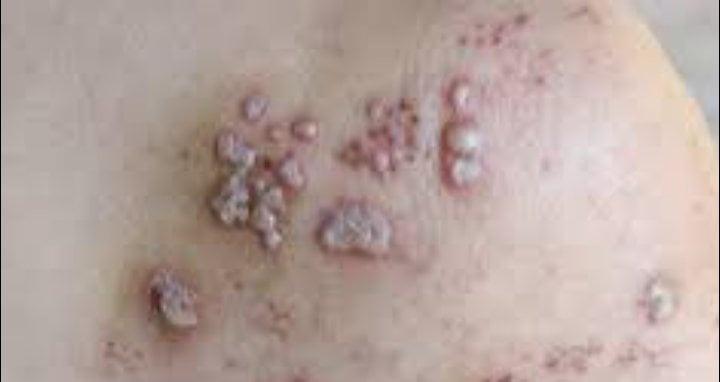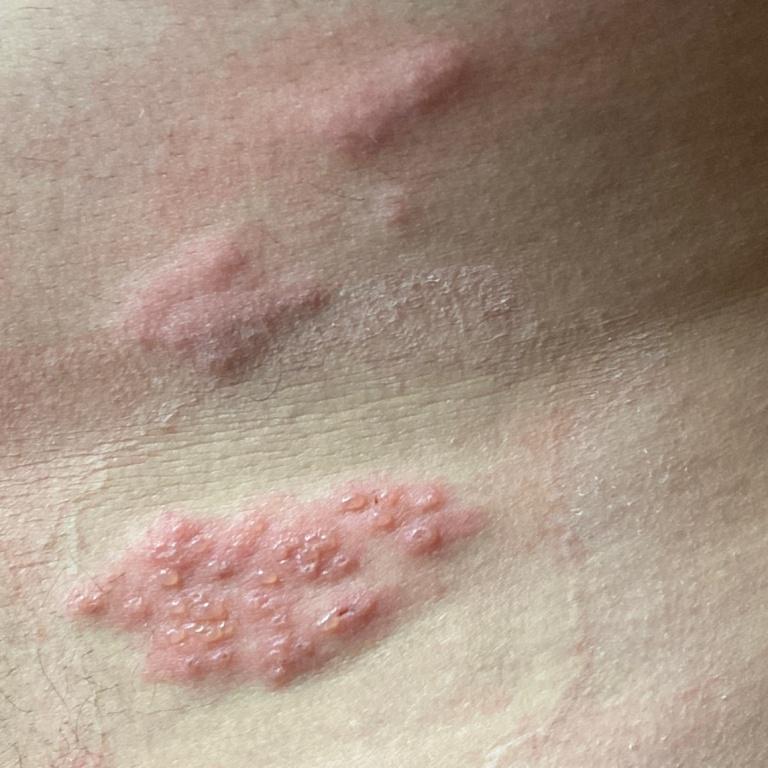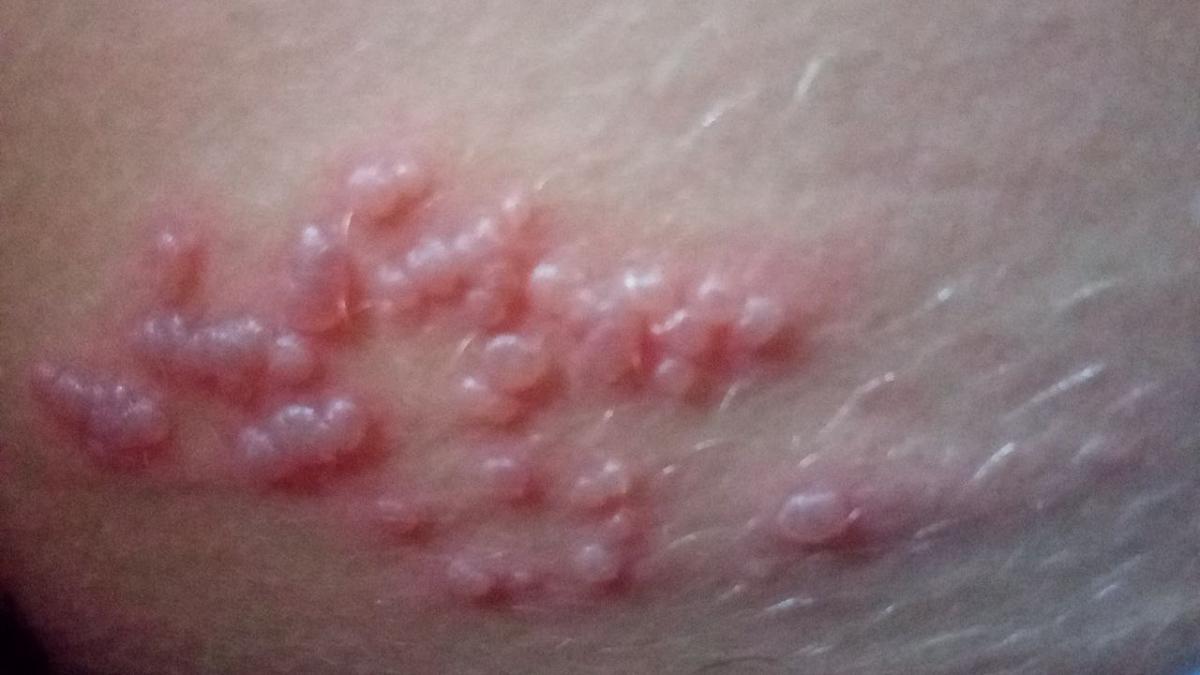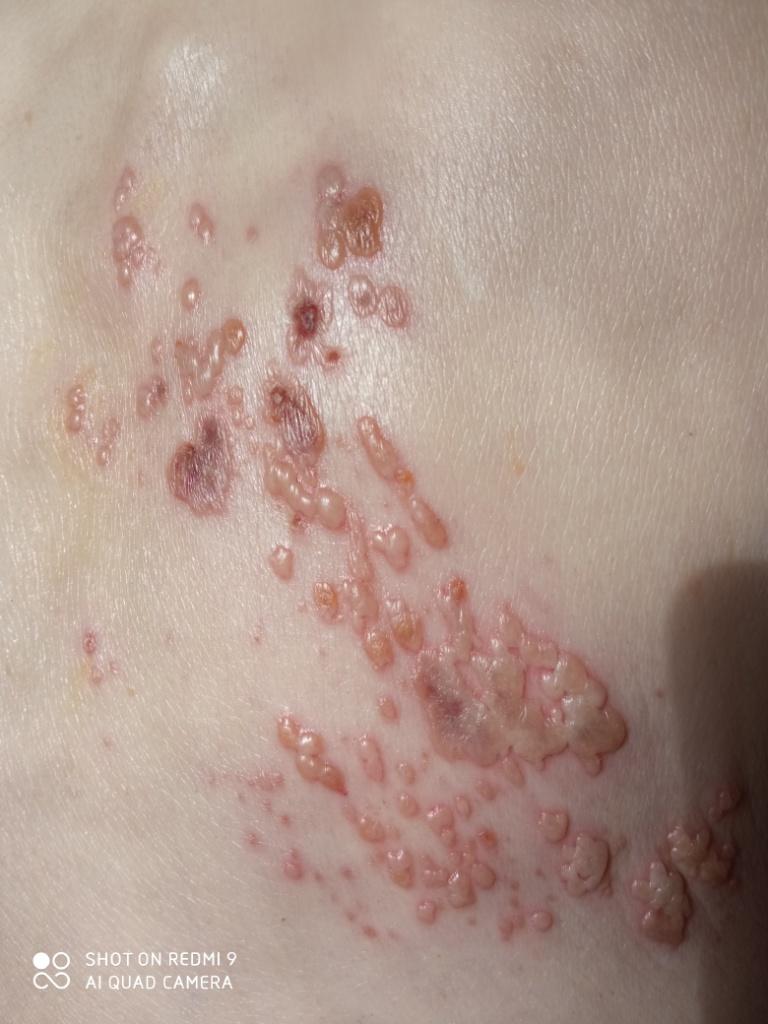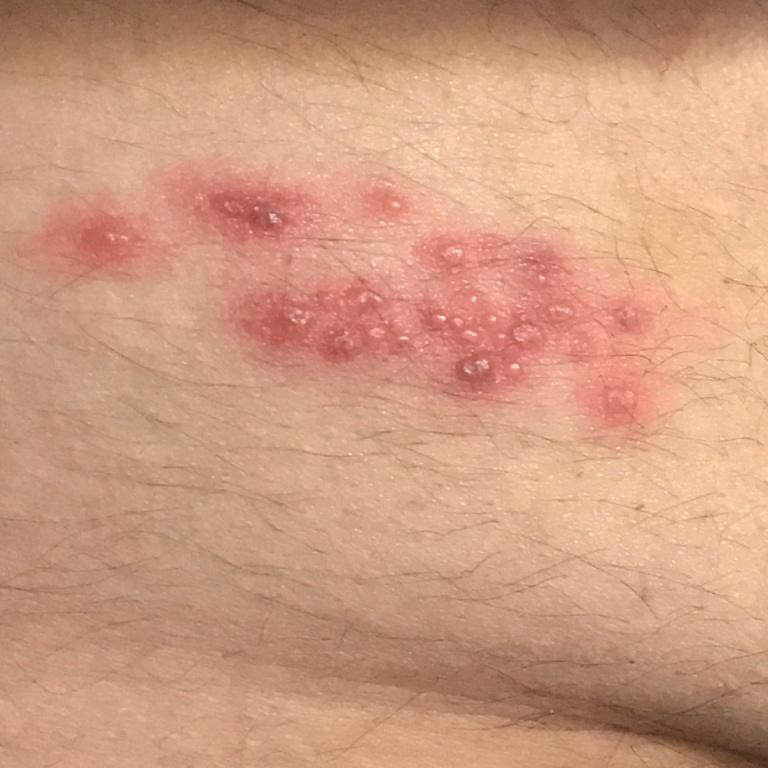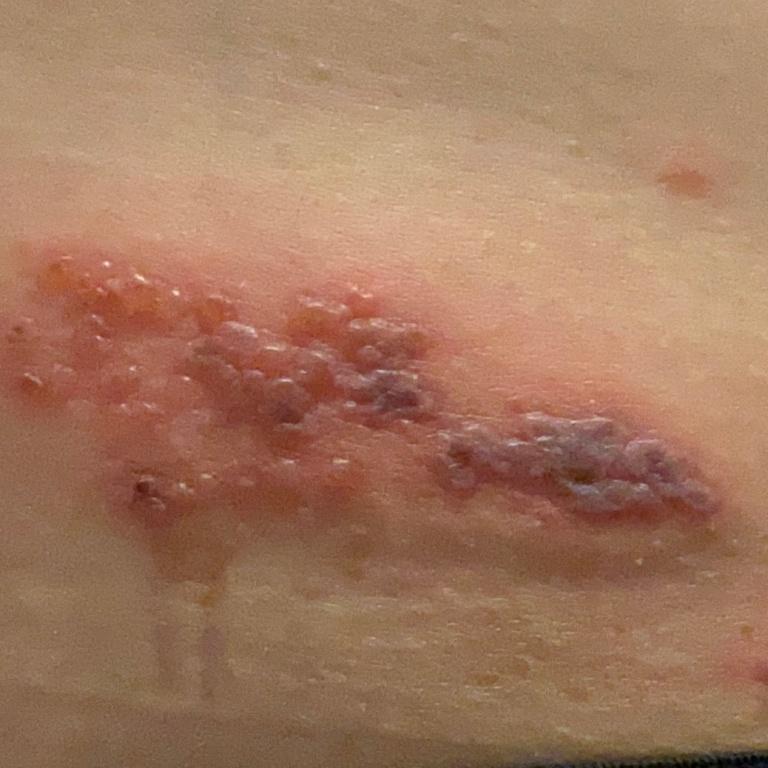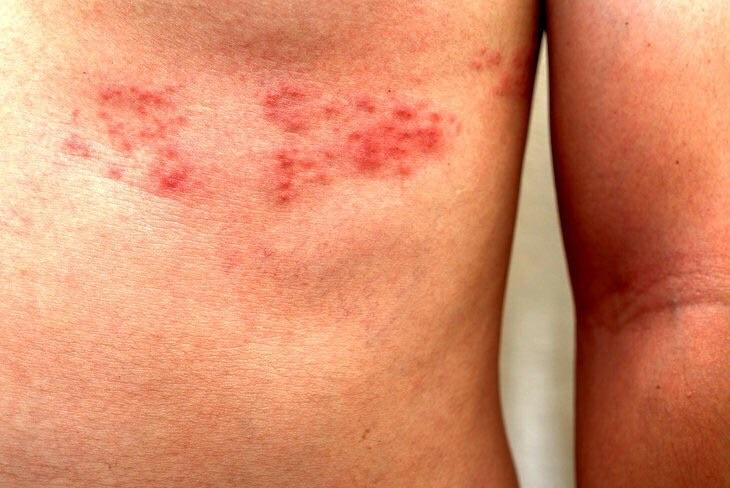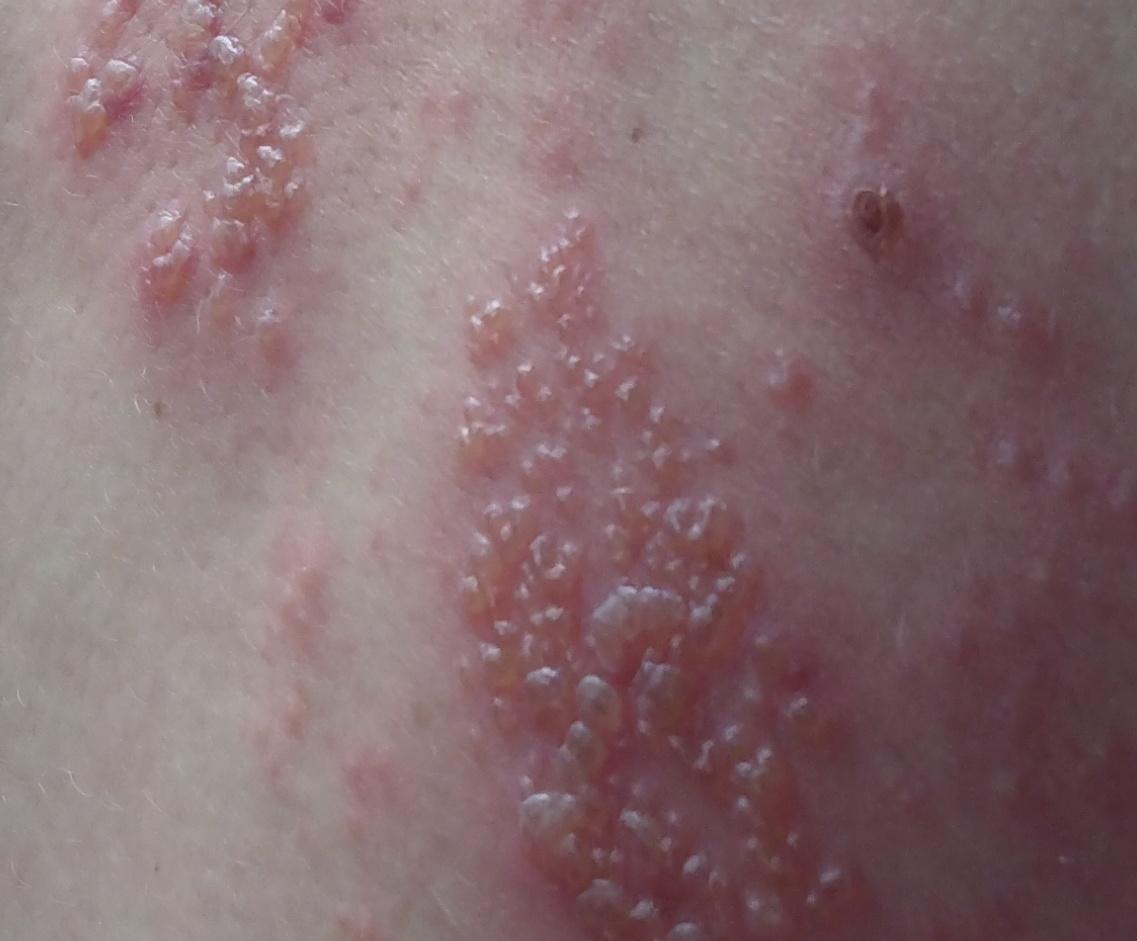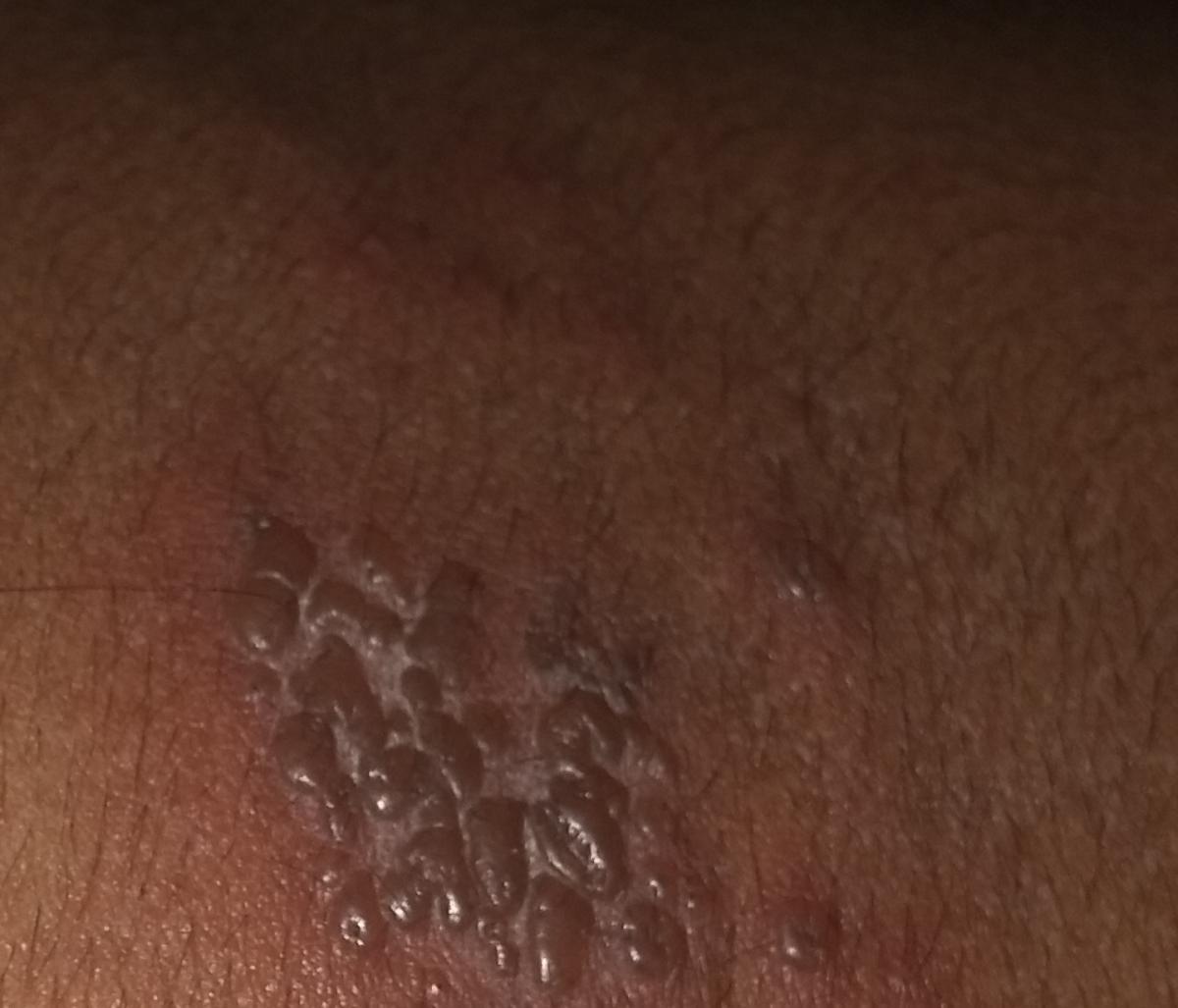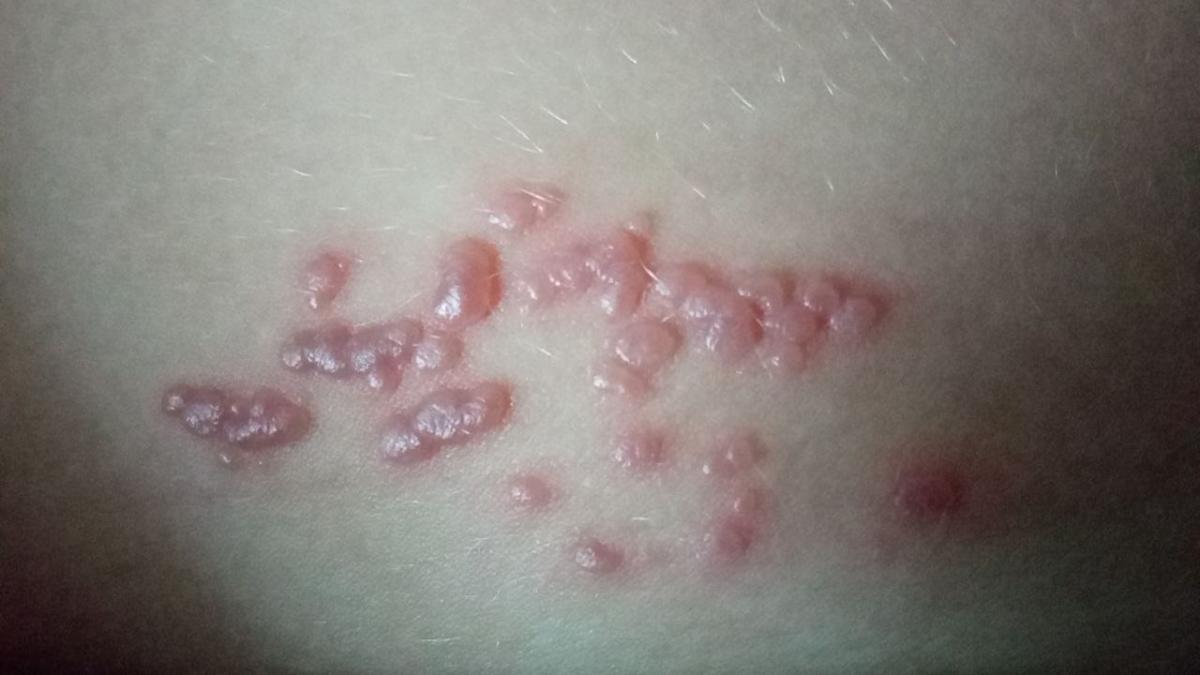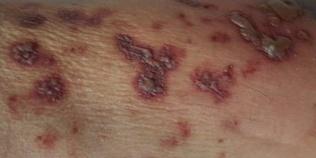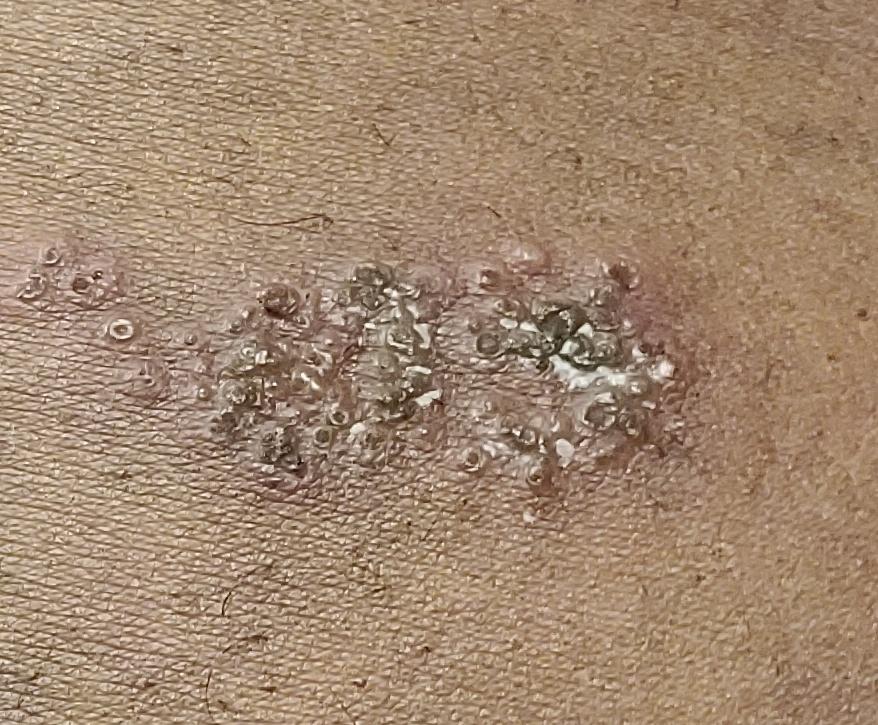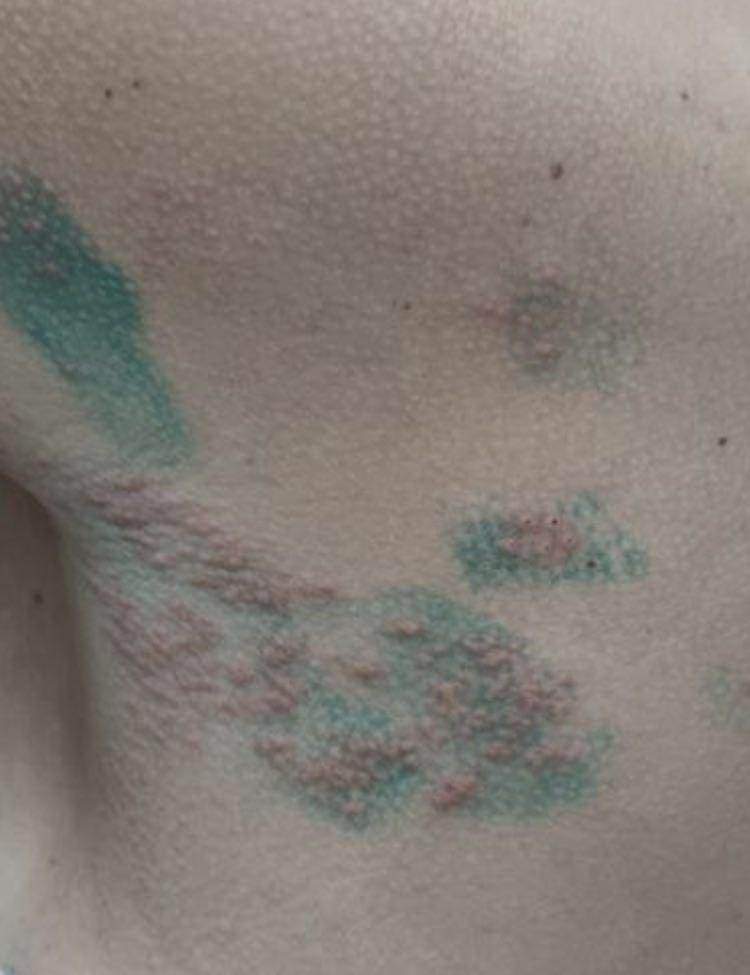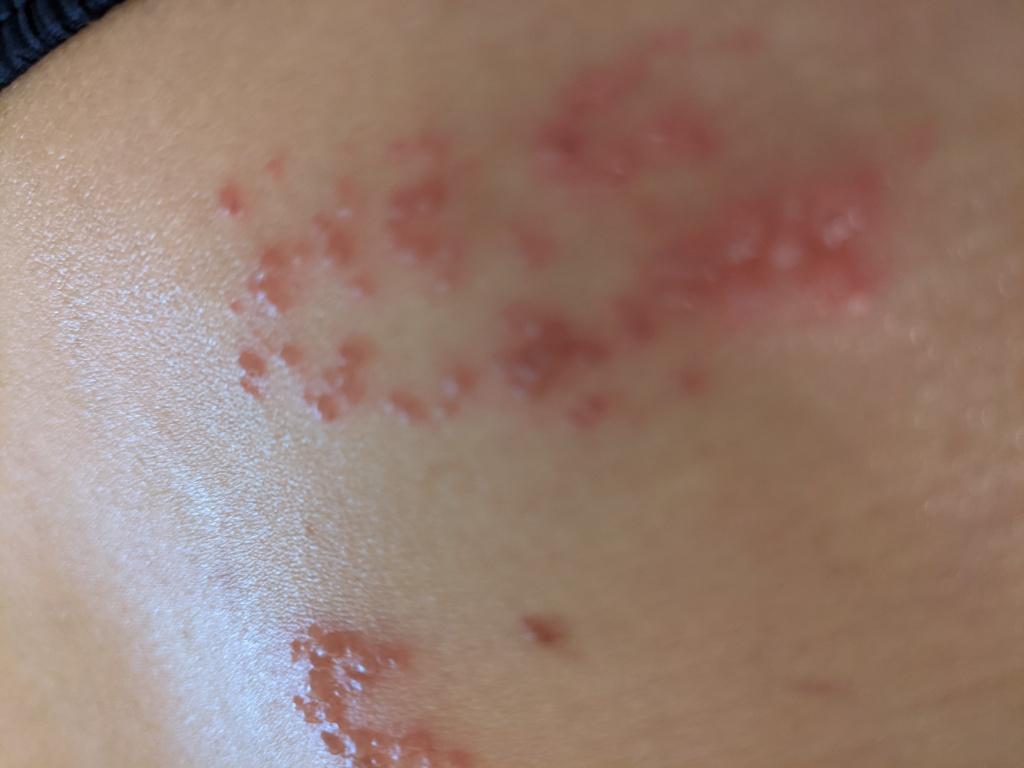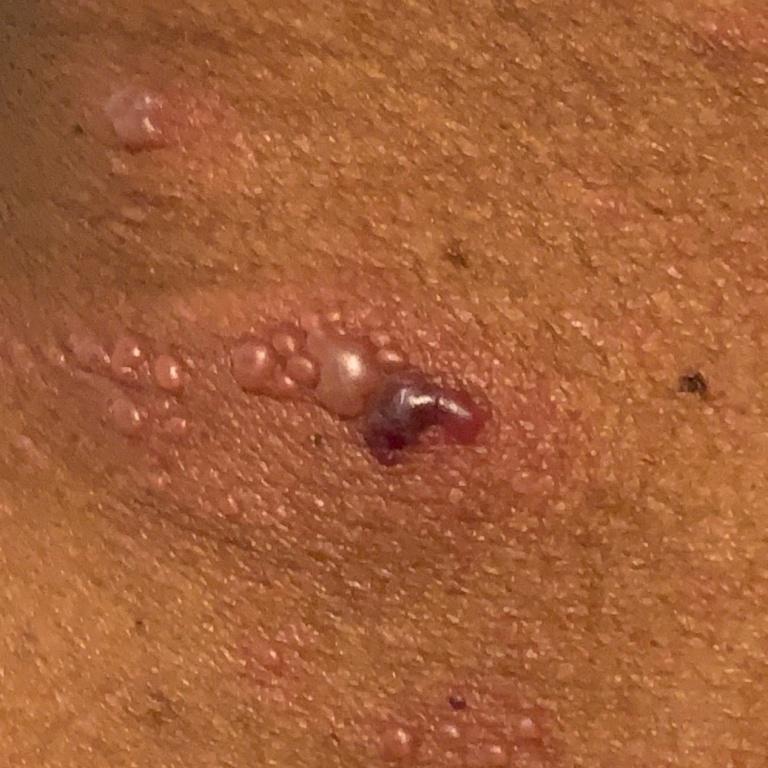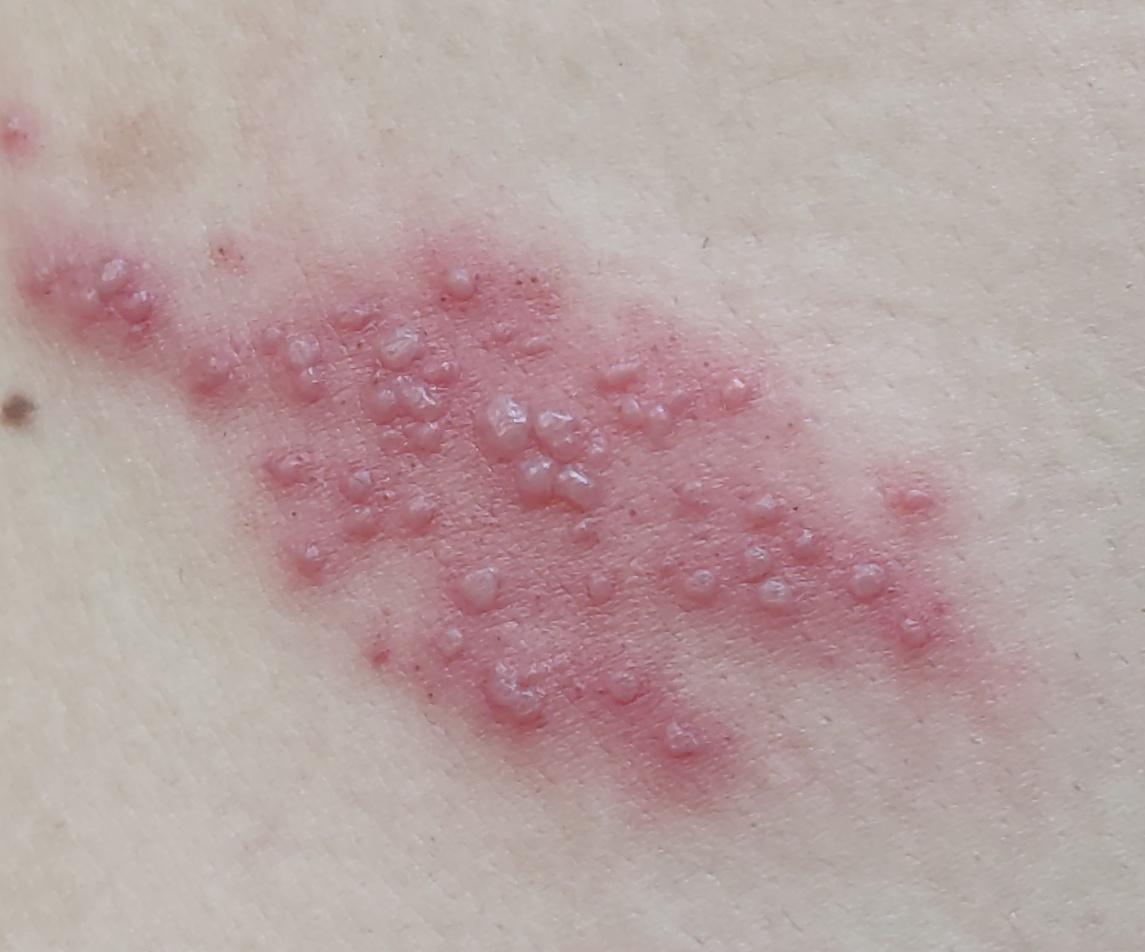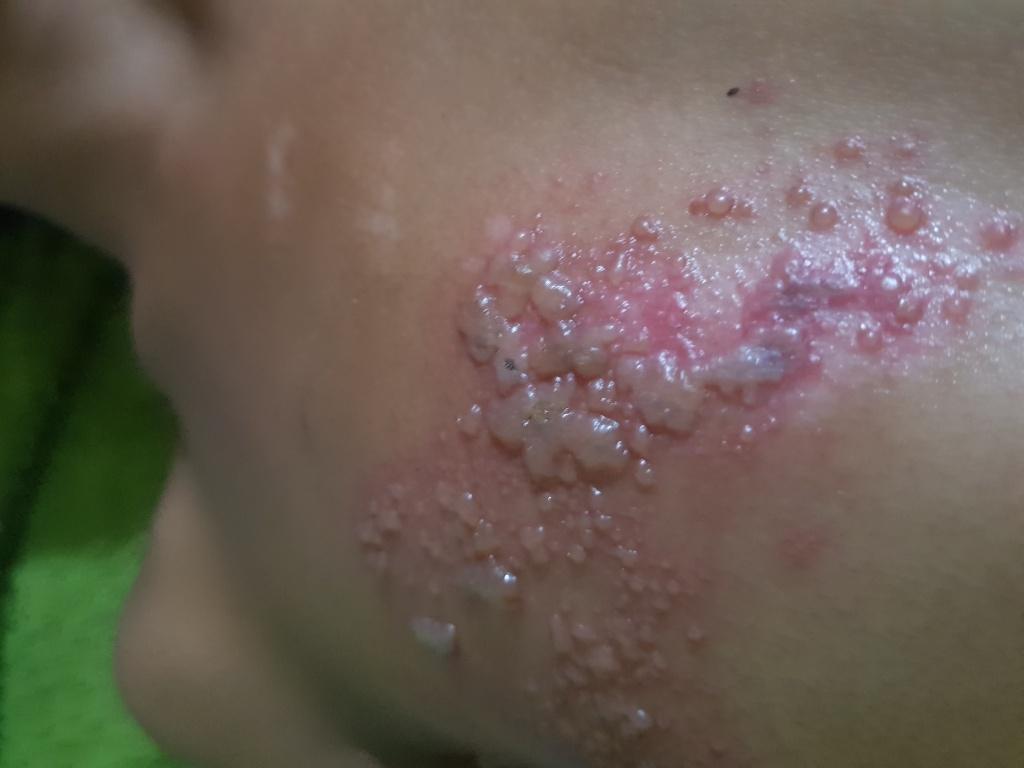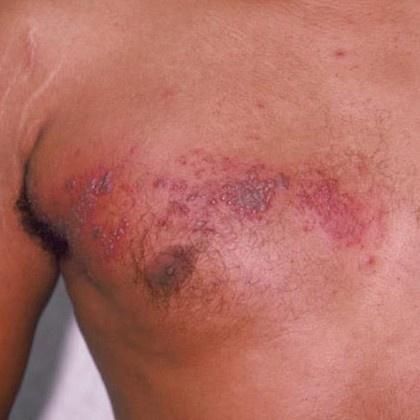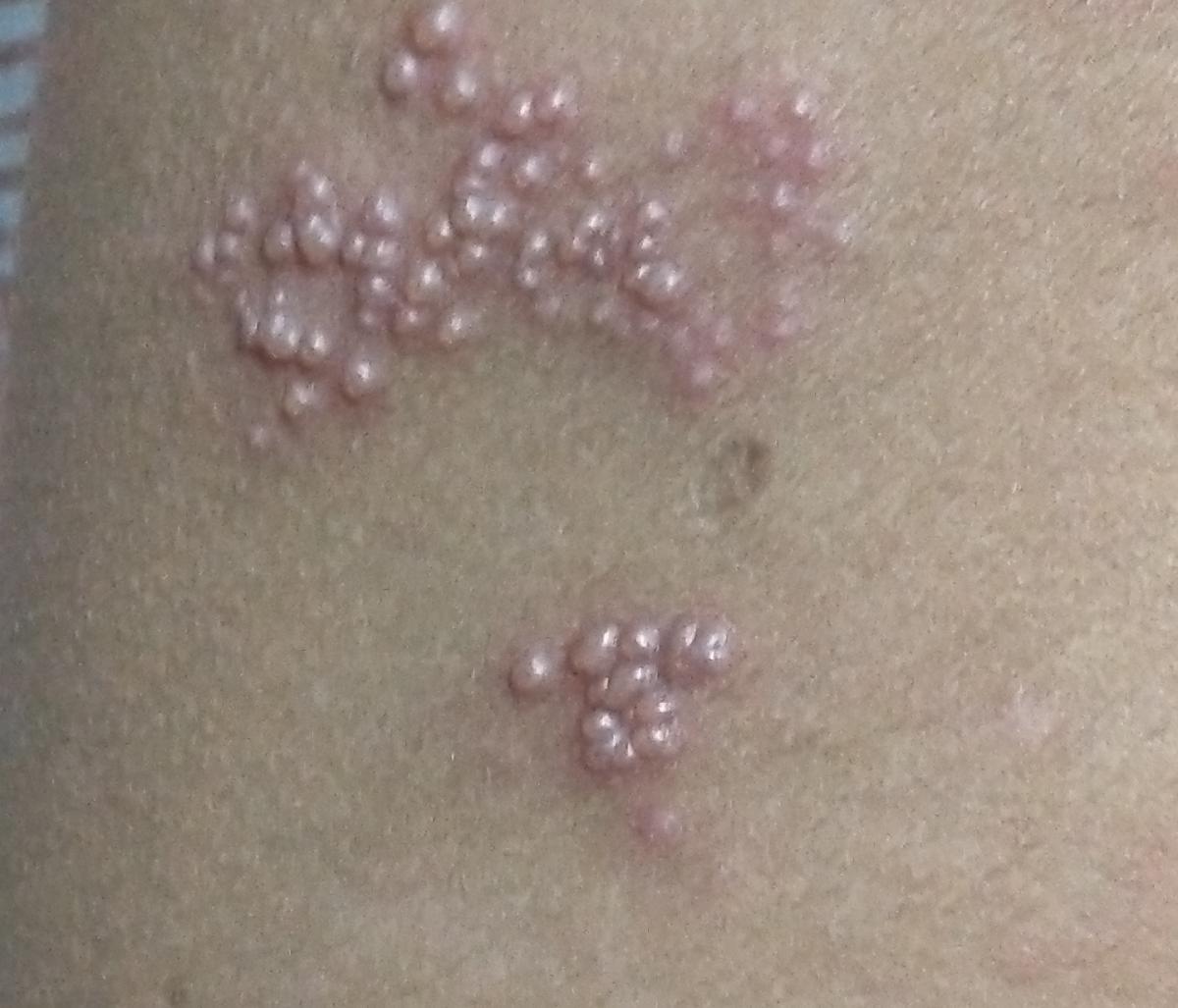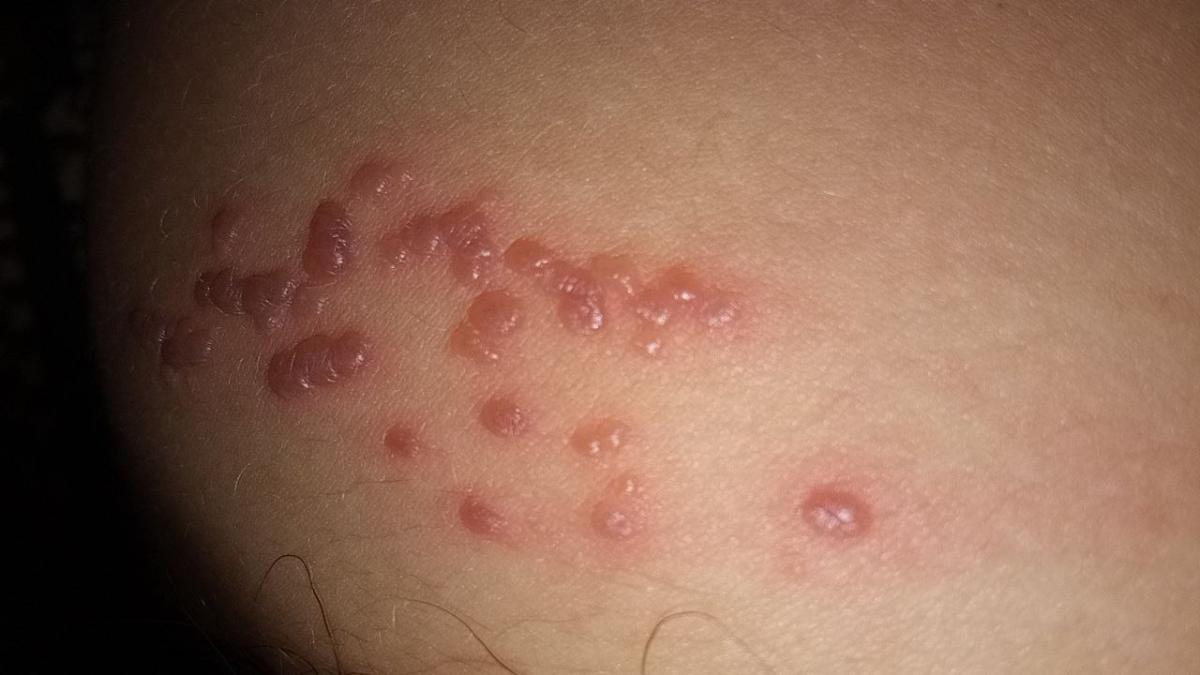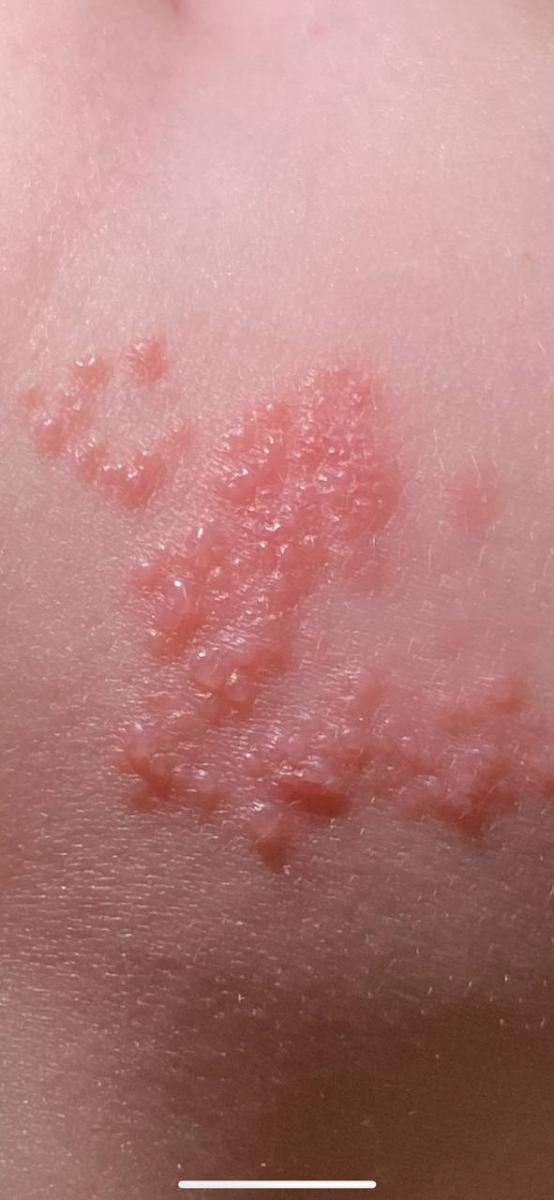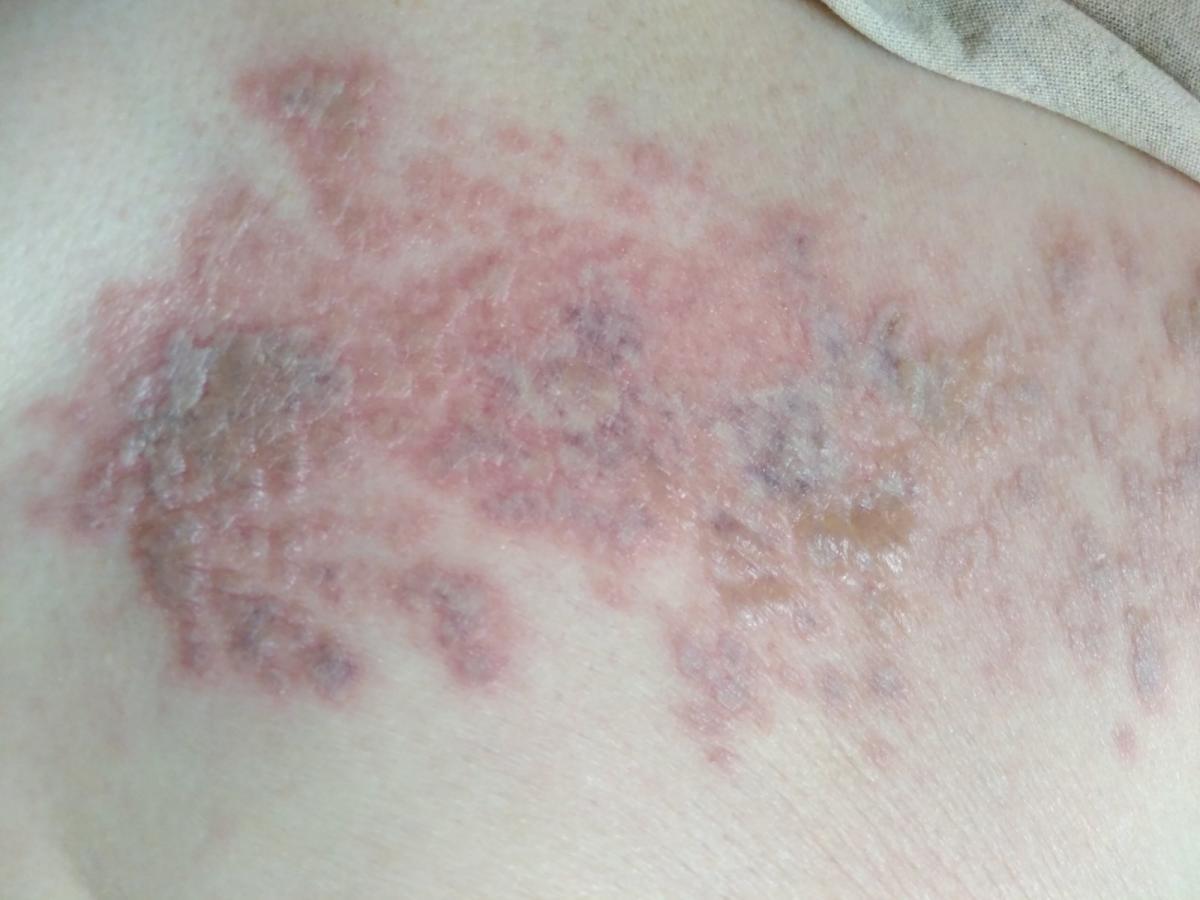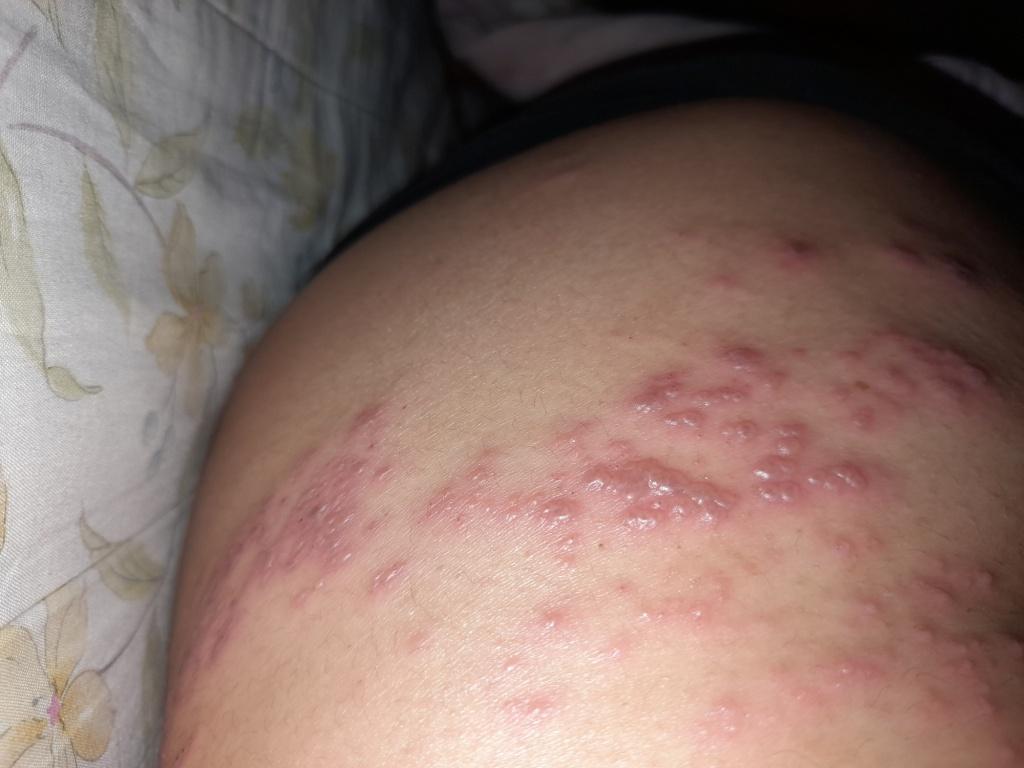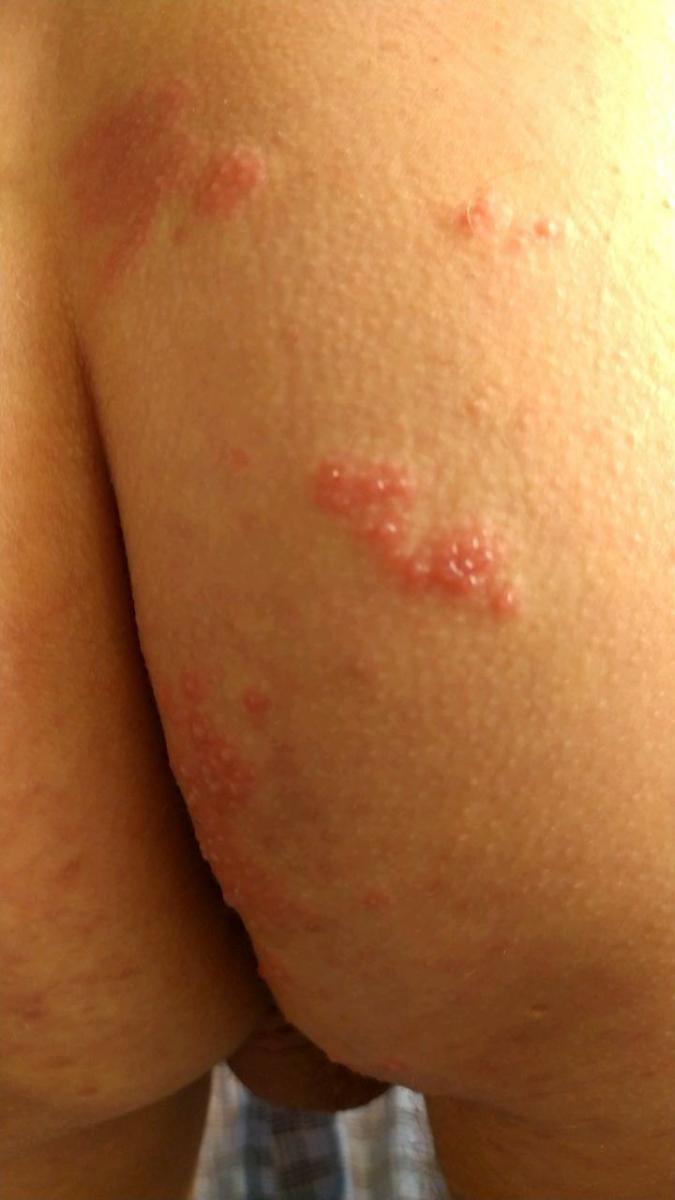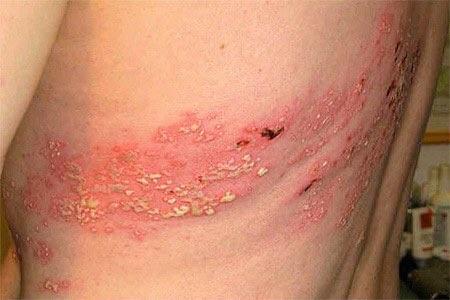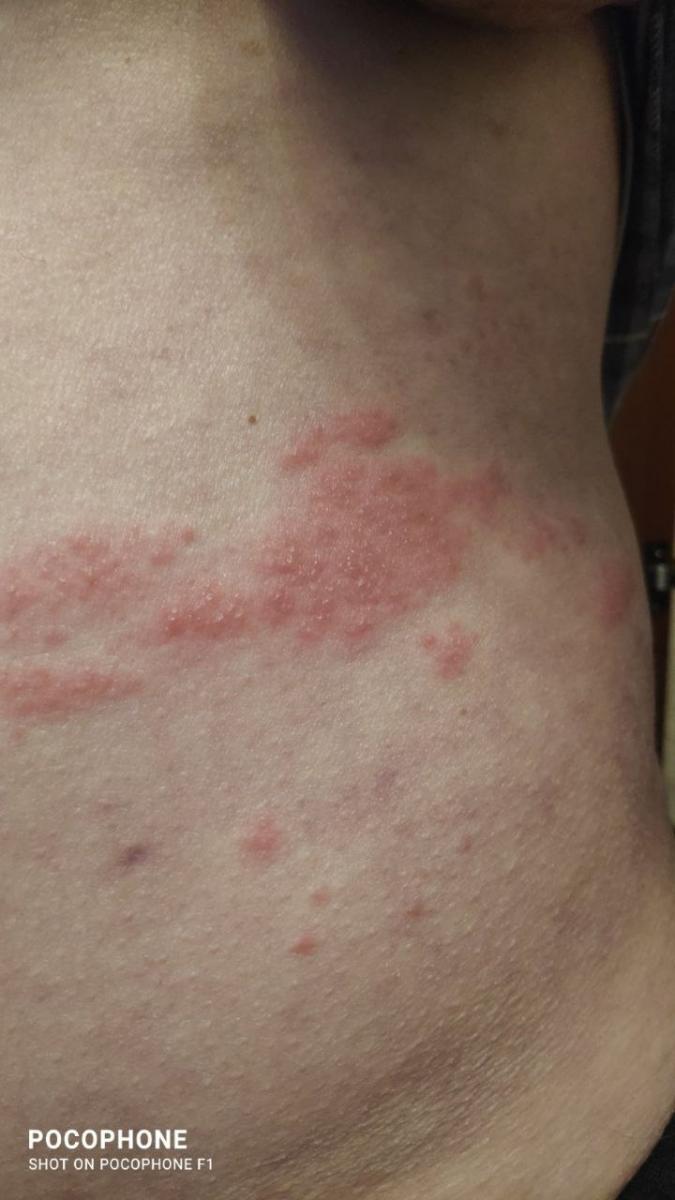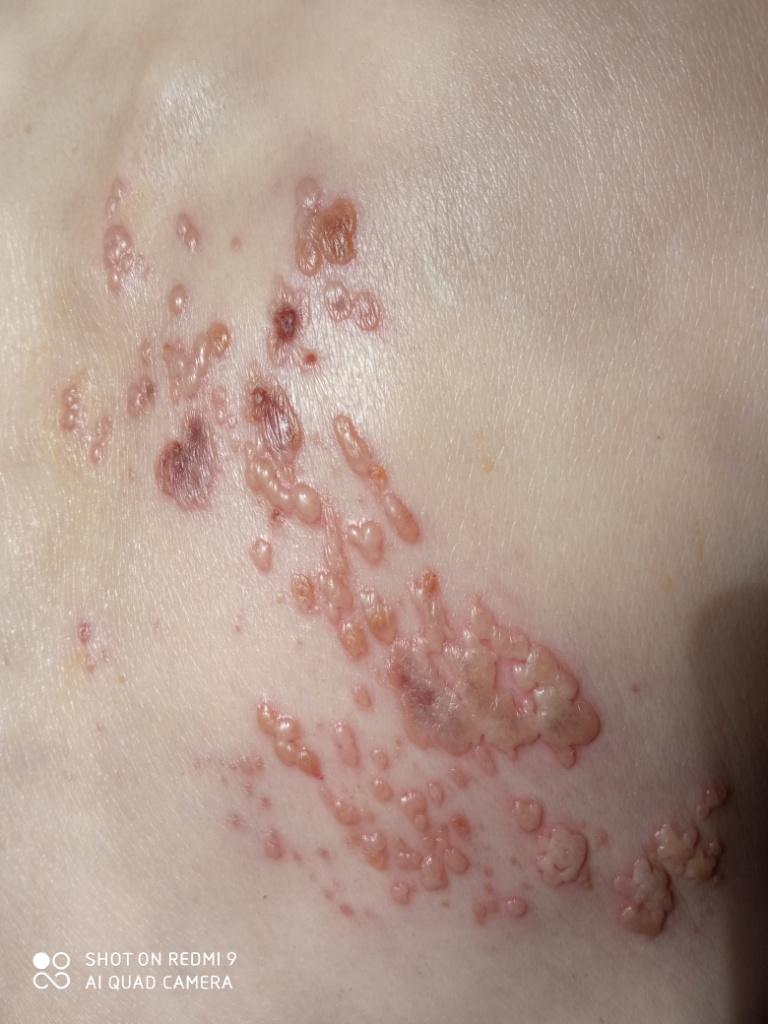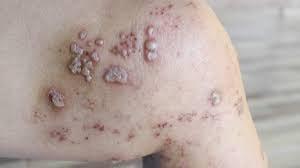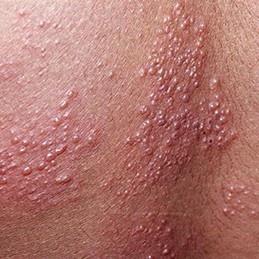Herpes zoster is a viral disease that affects the nervous system, skin, mucous membranes and occurs with severe pain syndrome.
Etiology
The herpes zoster virus belongs to the herpesvirus family. The impetus for the development of the disease is the endogenous reactivation of the virus, which is latent in the ganglia after a primary chickenpox infection.
Clinical manifestations
A distinctive feature of the rash with herpes zoster is the location and distribution of the rash, which in the overwhelming majority of cases develops on one side and is limited to the area of innervation of one sensory ganglion. The most often affected areas of innervation of the trigeminal nerve, in particular the ocular branch, as well as the skin of the trunk of the T3-L2 segments. The lesion of the skin of the chest is observed in more than 50% of cases, the rash is least often observed on the skin of the distal extremities.
The main symptom of the disease is the appearance of a group of bubbles filled with a transparent liquid with a diameter of 0.3 – 0.5 cm. The disease is accompanied by a rather severe pain syndrome, paresthesia and hyperesthesia. It is preceded by general malaise, weakness, fever (38-39 C). The contents of the bubbles quickly shrink into dense crusts, after the separation of which pigmentation remains, and in the necrotic form – isolated scars, around which slight skin pigmentation is noticeable.
Diagnostics
The diagnosis of Herpes zoster is based on the following characteristics. This infection is characterized by polymorphism and asymmetry of rashes – papules, vesicles, pustules and erosion can be observed in one area of the skin. When diagnosing, the setting of the Tzank test is also important.
Additional laboratory tests for the diagnosis of this disease are usually not required, but in the case of its atypical course, it is recommended to cultivate ZVZ, although this process is much more laborious, time-consuming and expensive compared to HSV cultivation. In a clinic, sufficient information can be obtained by setting up immunological methods for registering an antibody response to the introduction of the ZVZ virus and to virus-specific antigens in infected cells. These are such techniques as RIF (direct and indirect), ELISA.
Treatment
Antiviral therapy is the main treatment for herpes zoster.
Prescribed drugs are acyclovir, valacyclovir and famciclovir whose doses vary depending on the severity and clinical manifestations of the disease. Analgesics are used to relieve pain. For the treatment of postherpetic neuralgia, applications of 5% lidocaine, gabapentin, opioids, and tricyclic antidepressants are used. Topical treatment relieves symptoms and speeds up the crusting process. Cold compresses, calamine lotions can be used.
The use of a specific vaccine reduces the incidence of herpes zoster by 50%, the incidence of postherpetic neuralgia by 2/3.

